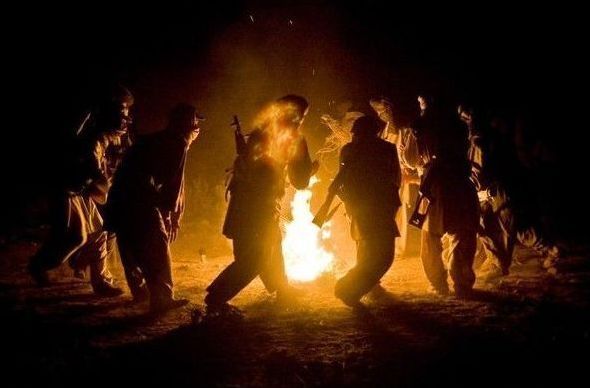|
|
Life In Balochistan, Iranian Plateau, Pakistan
|
History
The earliest evidence of human occupation in what is now Balochistan is dated to the Paleolithic era, represented by hunting camps and lithic scatters (chipped and flaked stone tools). The earliest settled villages in the region date to the ceramic Neolithic (c. 7000–6000 BCE), and included the site of Mehrgarh (located in the Kachi Plain). These villages expanded in size during the subsequent Chalcolithic, when interaction was amplified. This involved the movement of finished goods and raw materials, including chank shell, lapis lazuli, turquoise, and ceramics. By 2500 BCE (the Bronze Age), the region now known as Balochistan had become part of the Harappan cultural orbit, providing key resources to the expansive settlements of the Indus river basin to the east.
From the 1st century to the 3rd century CE, the region was ruled by the Pāratarājas (lit. "Pārata Kings"), a dynasty of Indo-Scythian or Indo-Parthian kings. The dynasty of the Pāratas is thought to be identical with the Pāradas of the Mahabharata, the Puranas and other vedic and Iranian sources. The Parata kings are essentially known through their coins, which typically exhibit the bust of the ruler (with long hair in a headband) on the obverse, and a swastika within a circular legend on the reverse, written in Brahmi (usually silver coins) or Kharoshthi (copper coins). These coins are mainly found in Loralai in today's western Pakistan.
|
|









